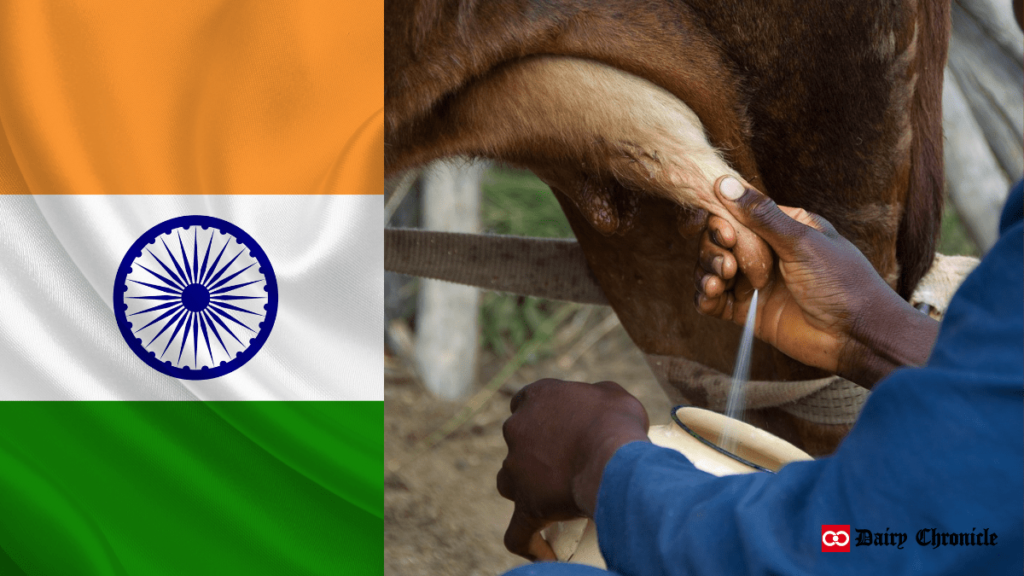The Dairy Processing & Infrastructure Development Fund (DIDF), launched in 2017 with Rs. 8,004 crore from NABARD, modernizes India’s dairy sector. It offers subsidized loans to upgrade dairy infrastructure and processing, with a total outlay of Rs. 10,881 crore. Managed by NDDB and NCDC, the DIDF aims to improve milk procurement, expand infrastructure, and foster innovation in the dairy industry.
The Dairy Processing & Infrastructure Development Fund (DIDF) was established following the Union Budget 2017-18 announcement, with a substantial corpus of Rs. 8,004 crore allocated through the National Bank for Agriculture and Rural Development (NABARD). Approved by the Cabinet Committee on Economic Affairs (CCEA) on September 12, 2017, the DIDF aims to modernize India’s dairy infrastructure and enhance milk processing capabilities.
Background
The DIDF scheme, with a total financial outlay of Rs. 10,881 crore, provides subsidized loans to capital-stressed milk cooperatives for updating their ageing chilling and processing plants and adding value-added product facilities. The fund distribution includes:
- Rs 8,004 crore from NABARD as a loan to the National Dairy Development Board (NDDB) and the National Cooperative Development Corporation (NCDC).
- Rs 2,001 crore from end borrowers’ contributions.
- Rs 12 crore from NDDB/NCDC’s share.
- Rs 864 crore contributed by the Department of Animal Husbandry and Dairying (DAHD) toward interest subvention.
The scheme focuses on establishing an efficient milk procurement system through the setup of modern processing and chilling infrastructure, as well as electronic milk adulteration testing equipment at the village level.
Objectives of DIDF
The primary objectives of the DIDF scheme are:
- Modernize Milk Processing Infrastructure:
- Update and enhance existing milk processing plants and machinery.
- Create additional infrastructure to process a larger volume of milk.
- Support for Value-Added Products:
- Facilitate the development of plants for processing value-added dairy products.
- Improve Milk Procurement System:
- Strengthen milk chilling infrastructure and introduce electronic milk testing kits to ensure quality and efficiency.
- Expand and Enhance Dairy Sector Infrastructure:
- Support the establishment of cattle feed/feed supplement plants, milk transportation systems, marketing infrastructure, and ICT solutions including blockchain technology.
- Encourage Innovation and Renewable Energy:
- Promote research and development in dairy technologies, renewable energy infrastructure, and energy efficiency.
- Develop Training and Capacity Building:
- Set up training centers with comprehensive infrastructure to support skill development within the dairy sector.
Implementing Agencies and End Borrowers
The DIDF scheme is implemented by the NDDB and NCDC. Eligible End Borrowers (EEBs) include:
- State Dairy Federations
- District Milk Unions
- Milk Producers Companies
- Multi-State Cooperatives
- NDDB subsidiaries
Additionally, as of June 2021, Registered Farmer Producer Organizations (FPOs) and Self-Help Groups (SHGs) have been added as new implementing agencies.
Also Read- 12.52 Lakh Indian Women Farmers Benefit from DIDF
Scheme Outlay and Funding Pattern
The scheme’s funding pattern has evolved since its inception:
- Initial Launch (2017):
- NABARD Loan: Rs. 8,004 crore
- End Borrowers’ Contribution: Rs. 2,001 crore
- NDDB/NCDC Contribution: Rs. 6 crore
- Interest Subvention from DAHD: Rs. 864 crore
- Total Outlay: Rs. 10,881 crore
- Revised Funding Pattern (2020):
- NABARD Loan: Rs. 8,004 crore
- End Borrowers’ Contribution: Rs. 2,001 crore
- NDDB/NCDC Contribution: Rs. 6 crore
- Interest Subvention from DAHD: Rs. 1,167 crore
- Total Outlay: Rs. 11,184 crore
The interest subvention rate was increased from 2% to 2.5% effective from July 30, 2019. Any increase in the cost of funds is to be borne by the Eligible End Borrowers.
The DIDF scheme represents a significant investment in India’s dairy sector, aiming to modernize processing facilities, enhance infrastructure, and support the growth of the dairy industry. By focusing on upgrading existing infrastructure, promoting innovation, and improving quality, the DIDF is poised to make a substantial impact on the dairy industry and support the livelihoods of dairy farmers across the country.



